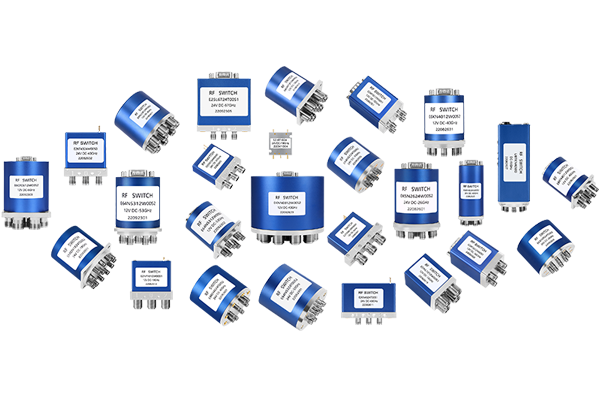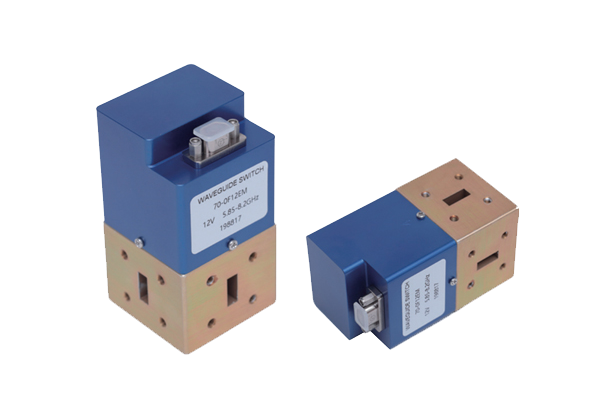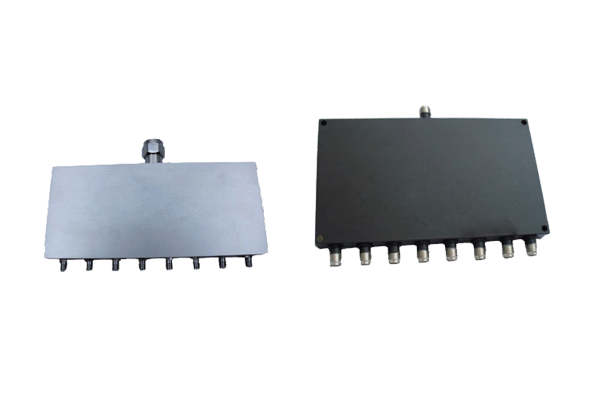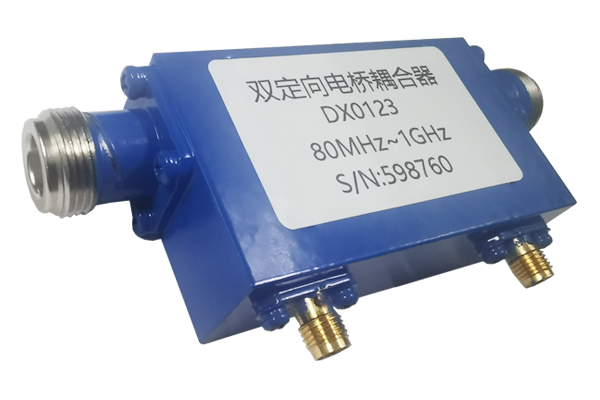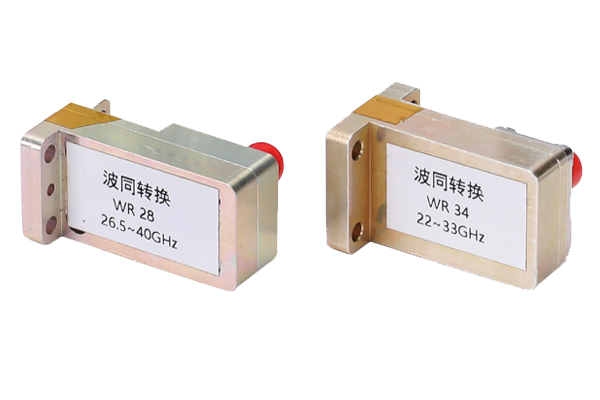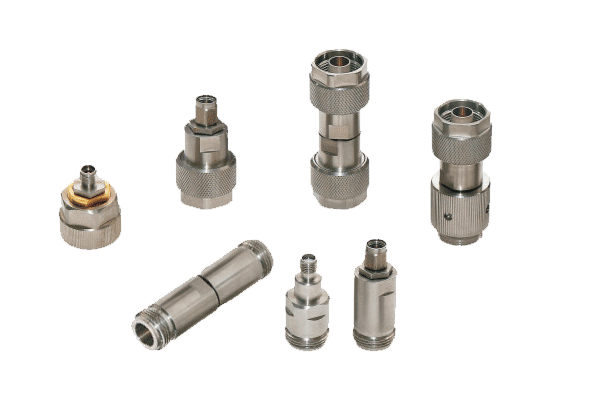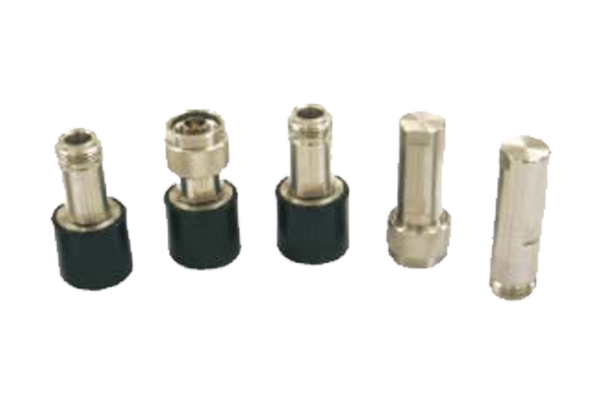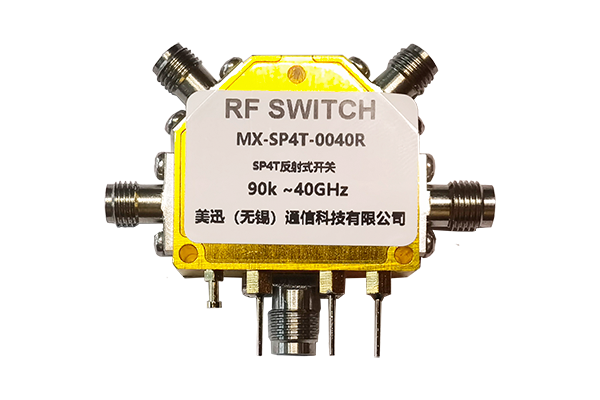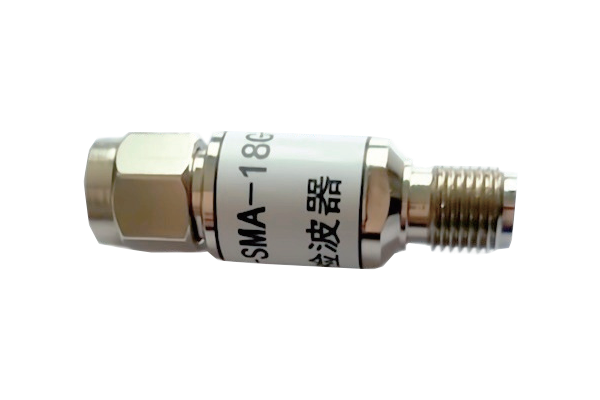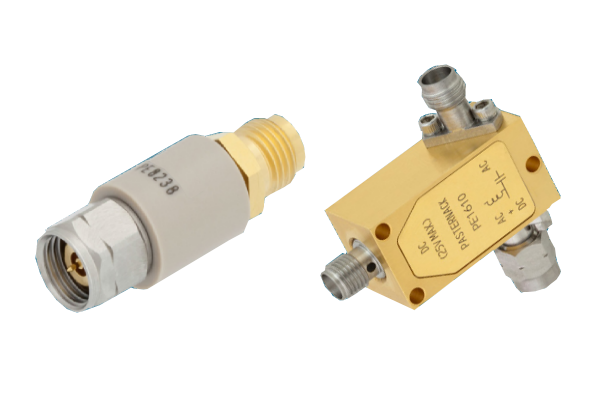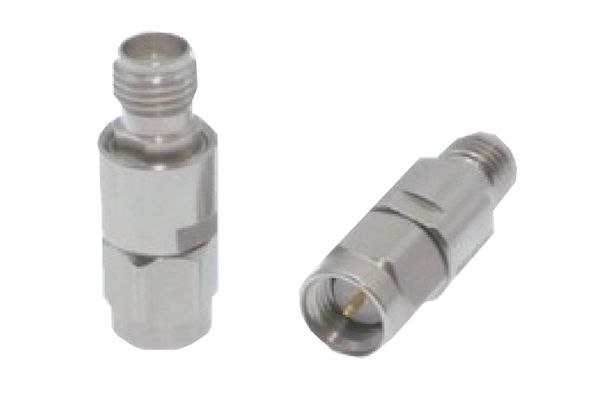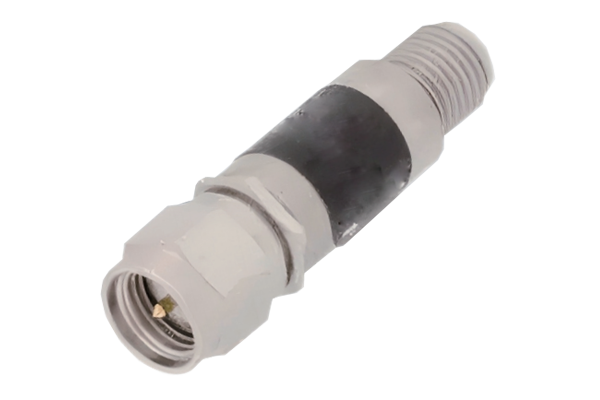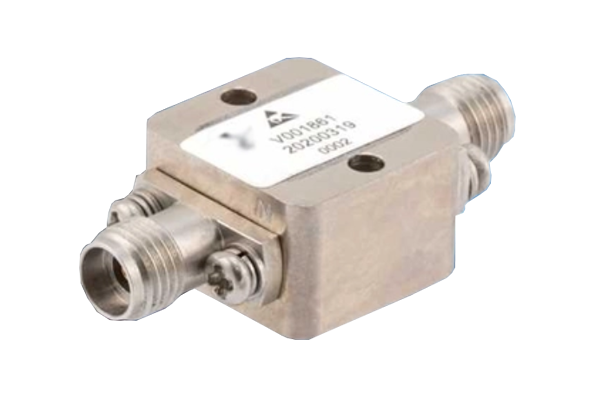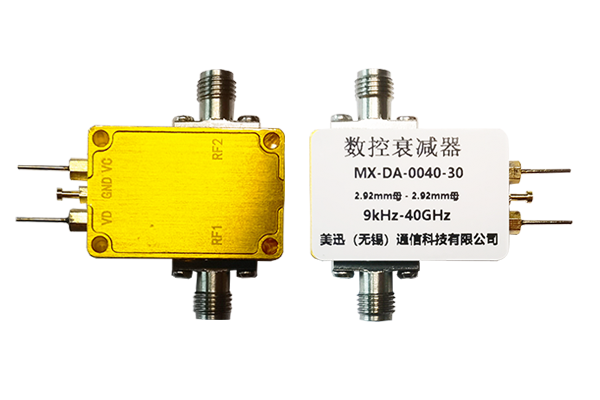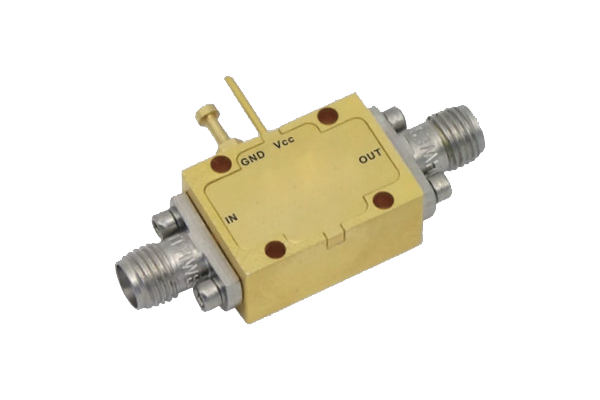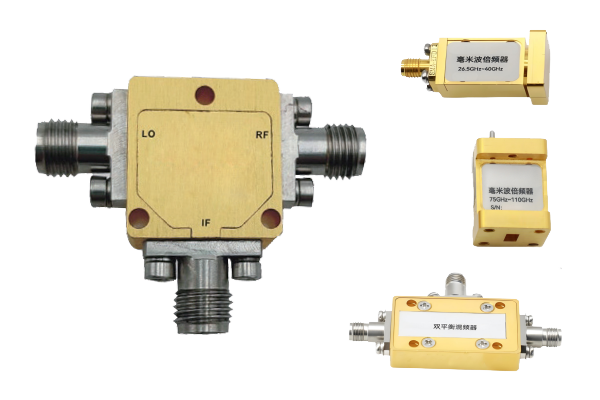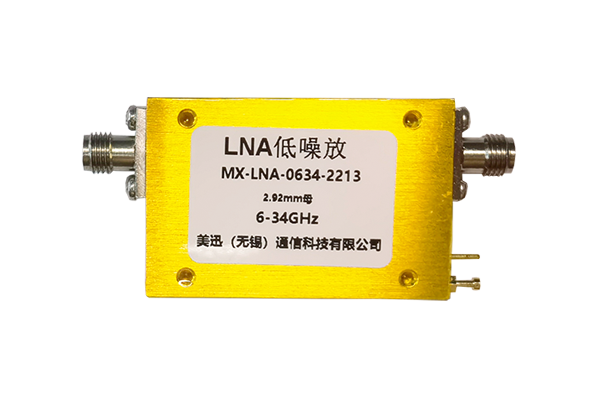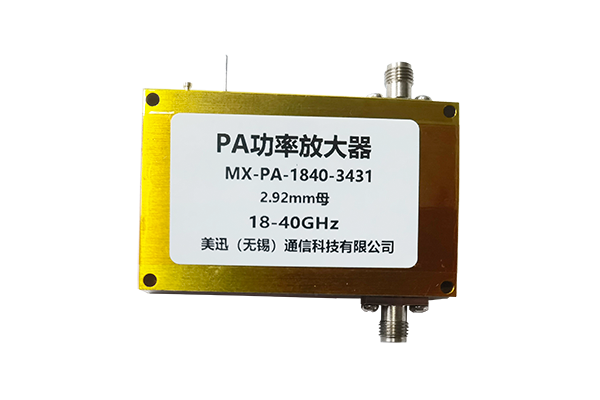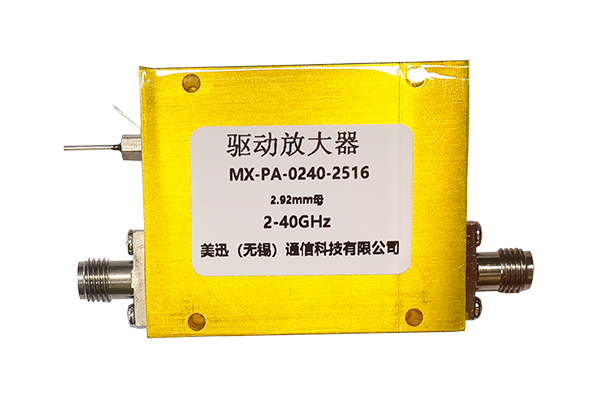How to Achieve Low Intermodulation in Coaxial Switches
Low intermodulation (IM) is critical for coaxial switches in high-sensitivity applications like wireless communications, radar, and satellite systems, where unwanted signal distortion from intermodulation products (IMPs) can degrade performance. Achieving low IM requires careful material selection, precise design, and rigorous manufacturing processes. Below are key strategies to minimize intermodulation:
1. Material Selection for Non-Linear Reduction
The nonlinearity of materials is a primary source of IM. To mitigate this:
- Non-Magnetic Conductors: Use non-ferromagnetic metals (e.g., oxygen-free copper, silver, or gold) for contacts and signal paths, as ferromagnetic materials (e.g., steel) introduce high IM due to hysteresis.
- Precious Metal Plating: Gold plating (≥2 μm thickness) on contacts reduces oxidation and ensures low contact resistance, while its soft, ductile nature creates stable, low-deformation connections. Silver plating offers lower resistivity but may tarnish over time, requiring hermetic sealing.
- Low-Dielectric Nonlinearity: Choose dielectrics with stable permittivity (e.g., PTFE, ceramic) to avoid electric field–dependent distortion. Avoid materials with polar molecules (e.g., certain plastics) that can cause dielectric relaxation and IM.
2. Mechanical Design for Contact Stability
Unstable or high-force contacts generate micro-arcing and mechanical deformation, both sources of IM:
- Optimal Contact Force: Use spring-loaded designs with moderate contact force (e.g., 5–10 gf) to ensure reliable conductivity without excessive stress that could deform surfaces or induce work-hardening.
- Smooth Surface Finish: Polish contact surfaces to roughness ≤0.2 μm (Ra) to reduce micro-asperities, which create localized high currents and nonlinear heating.
- Symmetrical Geometry: Design ports and signal paths with mirror-image structures to balance electromagnetic fields and minimize odd-order IM products (e.g., 3rd-order IM, the most problematic in wireless systems).
3. Hermetic Sealing and Environmental Control
Exposure to contaminants or moisture can degrade contact interfaces and increase IM:
- Hermetic Enclosures: Use welded or brazed metal housings (e.g., Kovar, stainless steel) to prevent air, dust, or corrosive gases from reaching contacts. This is critical for outdoor or high-humidity applications.
- Vacuum or Inert Gas Filling: For ultra-low IM switches, evacuate the housing or fill it with nitrogen to eliminate oxygen-induced oxidation and reduce gas discharge effects at high power.
4. Manufacturing and Assembly Precision
- Cleanroom Protocols: Assemble switches in clean environments to avoid particle contamination (e.g., metal shavings, lubricant residues) that can create nonlinear bridges between contacts.
- Non-Magnetic Tools: Use non-ferrous tools (e.g., brass, aluminum) during assembly to prevent magnetic particle transfer to components.
- Post-Processing Treatments: Apply thermal aging (e.g., baking at 100–150°C for 24 hours) to relieve mechanical stress in contacts and stabilize material properties, reducing IM from micro-fatigue.
5. Topology and Circuit Design
- Balanced Architectures: Use differential or balanced switch designs to cancel out common-mode IM products. For example, hybrid couplers or 3dB combiners can suppress even-order IM in certain configurations.
- Filter Integration: Incorporate low-pass or band-pass filters at switch ports to attenuate out-of-band IMPs before they propagate into the system.
-
Solid-State vs. Electromechanical Switches:
- Solid-State Switches: Semiconductor-based designs (e.g., PIN diodes) have inherently lower IM due to fewer mechanical interfaces but may require bias networks to optimize linearity.
- Electromechanical Switches: Advanced EMS designs with gold-over-silver plating and precision alignment can achieve IM levels as low as -120 dBc for critical applications.
6. Testing and Validation
- IM Test Setups: Use two-tone testing with high-power signals (e.g., +43 dBm per tone) to measure 3rd-order IM products. Typical specifications for low-IM switches require IMPs ≤-100 dBc at these levels.
- Burn-In Testing: Subject switches to prolonged high-power operation to “break in” contacts and stabilize IM performance over time.
- Vector Network Analyzer (VNA) with IM Option: Measure passive intermodulation (PIM) across the frequency band to identify resonant structures or material defects that cause IM spikes.



